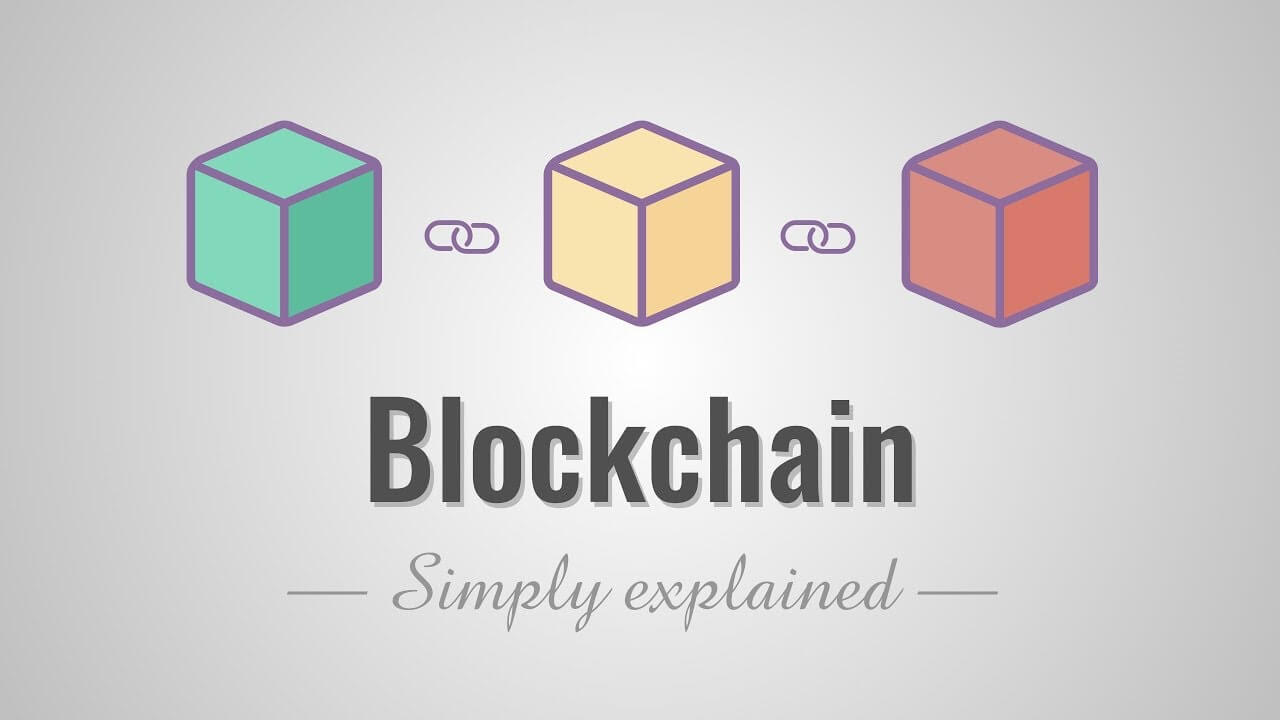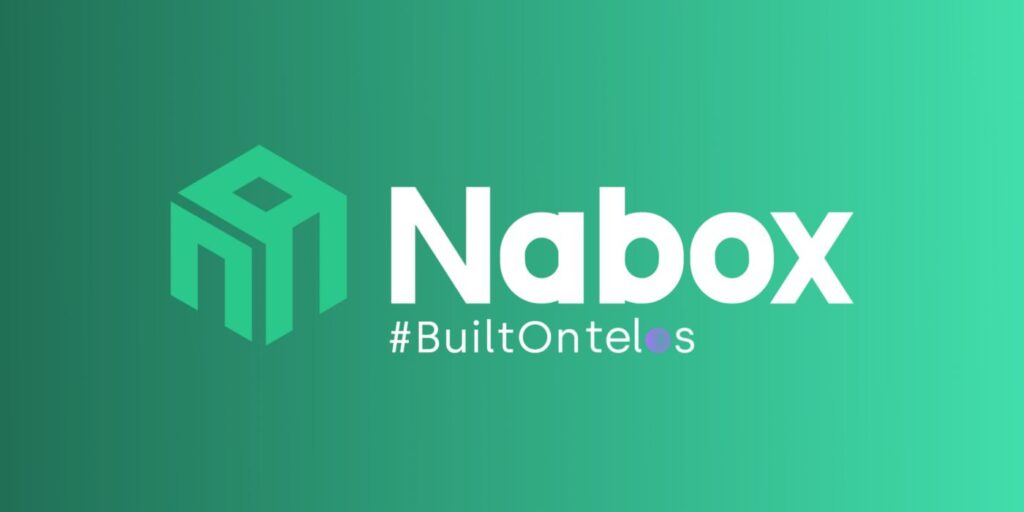
Blockchain, a transparent ledger system, transforms energy dynamics by decentralizing control and ensuring security. Smart contracts automate transactions, fostering transparency, while the immutable ledger safeguards information integrity. Peer-to-peer energy transactions empower consumers, and microgrids enhance resilience. Blockchain verifies renewable certificates, ensuring green energy authenticity. It improves grid resilience, reduces energy losses, and streamlines regulatory compliance. Decentralized Autonomous Organizations democratize energy decisions. Blockchain’s role in real-time monitoring supports a resilient energy grid. Embracing these advancements can create a sustainable and transparent future. Embracing these advancements can create a sustainable and transparent future, facilitated by a free education firm.
Understanding Blockchain Technology
Decentralization: Redefining trust in the energy landscape
Blockchain’s inherent decentralization ensures that no single entity has control over the entire energy ecosystem. This departure from centralized control enhances trust, security, and resilience in energy transactions.
Smart Contracts: Automating and optimizing energy transactions
Smart contracts, self-executing agreements with predefined rules, automate and optimize energy transactions. This streamlines processes, reduces inefficiencies, and fosters transparency within the energy sector.
Immutable Ledger: Ensuring transparency and security in energy data
The immutability of blockchain’s ledger ensures that once data is recorded, it cannot be altered. This feature guarantees the integrity of energy-related information, enhancing transparency and security across the entire network.
Enhancing Energy Transactions through Blockchain
Peer-to-peer energy transactions: Empowering consumers
Blockchain facilitates peer-to-peer energy transactions, empowering consumers to directly exchange energy resources without intermediaries. This decentralized approach enhances energy autonomy and fosters community-driven energy initiatives.
Microgrid management: Resilient and efficient energy distribution
Microgrids, locally controlled energy systems, leverage blockchain for efficient management. This enhances resilience, ensuring uninterrupted energy supply, especially in times of disruptions to the main grid.
Interoperability: Bridging gaps in energy markets
Blockchain’s interoperability enables seamless communication between disparate energy systems. This fosters collaboration, allowing for a more efficient and interconnected energy landscape.
Empowering Renewable Energy Integration
Blockchain in renewable energy certificates: Ensuring authenticity
Blockchain verifies and tracks renewable energy certificates, ensuring the authenticity of green energy sources. This transparency is crucial for consumers and businesses committed to sustainable practices.
Traceability of energy sources: Building consumer confidence
Blockchain enables the traceability of energy sources, providing consumers with detailed information about the origin and environmental impact of the energy they consume. This transparency builds consumer confidence in supporting sustainable energy practices.
Grid management with blockchain: Balancing the renewable energy influx
Blockchain aids in managing the variability of renewable energy sources by optimizing grid operations. This ensures a smooth integration of renewables into the existing energy infrastructure.
Overcoming Challenges in Traditional Grid Systems
Grid resilience and cybersecurity: Strengthening infrastructure
Blockchain enhances grid resilience by providing a secure and tamper-resistant infrastructure. Its cryptographic features fortify the energy grid against cyber threats and ensure the continuous availability of critical services.
Reducing energy losses: Optimizing distribution with blockchain
Blockchain’s efficiency in verifying and recording transactions reduces energy losses in distribution. This optimization contributes to a more sustainable and resource-efficient energy grid.
Streamlining regulatory compliance: A blockchain-driven approach
Blockchain’s transparent and auditable nature simplifies regulatory compliance for energy providers. This streamlining ensures adherence to industry standards and facilitates smoother interactions with regulatory bodies.
Decentralized Autonomous Organizations (DAOs) in Energy
Democratizing decision-making in energy communities
DAOs empower community members to participate in decision-making processes related to energy initiatives. This decentralized governance model ensures inclusivity and represents the diverse interests of community stakeholders.
Collective investments in sustainable energy projects
Through DAOs, communities can pool resources for collective investments in sustainable energy projects. This democratized funding approach promotes community-driven initiatives that align with environmental and social goals.
The future of energy governance: DAOs and community-driven initiatives
The rise of DAOs in energy governance signals a shift towards more democratic, community-driven decision-making processes. This evolution holds the potential to redefine how energy initiatives are planned, executed, and sustained.
Blockchain’s Role in Demand Response and Energy Efficiency
Real-time energy monitoring: Enabling proactive demand response
Blockchain facilitates real-time energy monitoring, empowering consumers and utilities to respond proactively to fluctuations in energy demand. This contributes to a more resilient and efficient energy grid.
Energy-efficient supply chains: Reducing carbon footprints
Blockchain’s transparency extends to supply chains, enabling the tracking of energy-related activities. This visibility supports the development of more sustainable and energy-efficient supply chains, reducing overall carbon footprints.
Blockchain-enabled energy analytics: Enhancing efficiency strategies
Leveraging blockchain for energy analytics enhances the accuracy and reliability of data-driven efficiency strategies. This enables stakeholders to make informed decisions that contribute to the overall improvement of energy efficiency.
Conclusion
In conclusion, the profound influence of blockchain on energy dynamics is apparent in its ability to facilitate decentralized transactions and promote the seamless integration of renewable energy sources. Looking ahead, the energy sector stands on the brink of transformative possibilities with blockchain, yet challenges like regulatory frameworks and technological scalability require meticulous attention. The role of blockchain in nurturing sustainable and inclusive energy ecosystems signifies its potential as a catalyst for positive change in the global energy landscape. Embracing these advancements can pave the way toward a future characterized by resilience, transparency, and sustainability in the energy sector.
